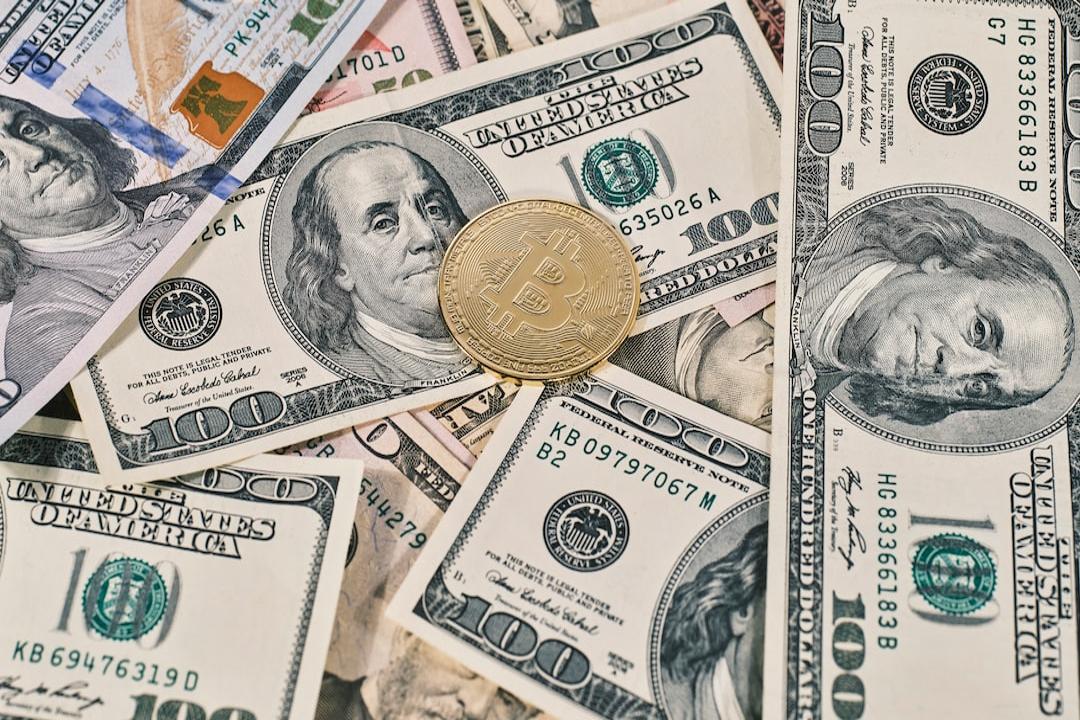Kelp, a unique solution to the challenges posed by inflation and cryptocurrency volatility, was discussed by CEO and co-founder Edward Bishop during a recent AMA with Cointelegraph. Bishop described Kelp as a “flatcoin,” combining elements of traditional fiat-backed stablecoins and algorithmic coins. The cryptocurrency adjusts its supply based on real-world economic activity, ensuring price stability over time. The Kelp Protocol, which forms the foundation of the Kelp ecosystem, utilizes economic indicators to understand market conditions and reduce volatility. Currently in the seed phase, Kelp aims to achieve parity with the U.S. dollar and establish a minimum circulating supply. Once these goals are met, the price will find equilibrium and fluctuate naturally based on market demand. Bishop outlined several strategies, such as staking and a variable taker fee, to achieve these objectives. The Liquidity Guard feature allows users to sell their Kelp holdings at optimal times, bypassing fees and minimizing market impact. Unlike traditional central banks, Kelp can make quicker adjustments due to its use of on-chain data. In extreme market volatility, Kelp can use collateralized assets for stabilization. Kelp aims to build a large user base and is allocating 25 billion Kelp tokens through its Reservation Program. The Kelp app, which serves as a self-custodial Web3 wallet, also plans to introduce an algorithmic trading engine called K.A.T.E. Bishop emphasized that Kelp avoids VC funding and seeks wider accessibility through pre-sales and user base participation. The ultimate goal is to become a reliable unit of account for everyday transactions.

